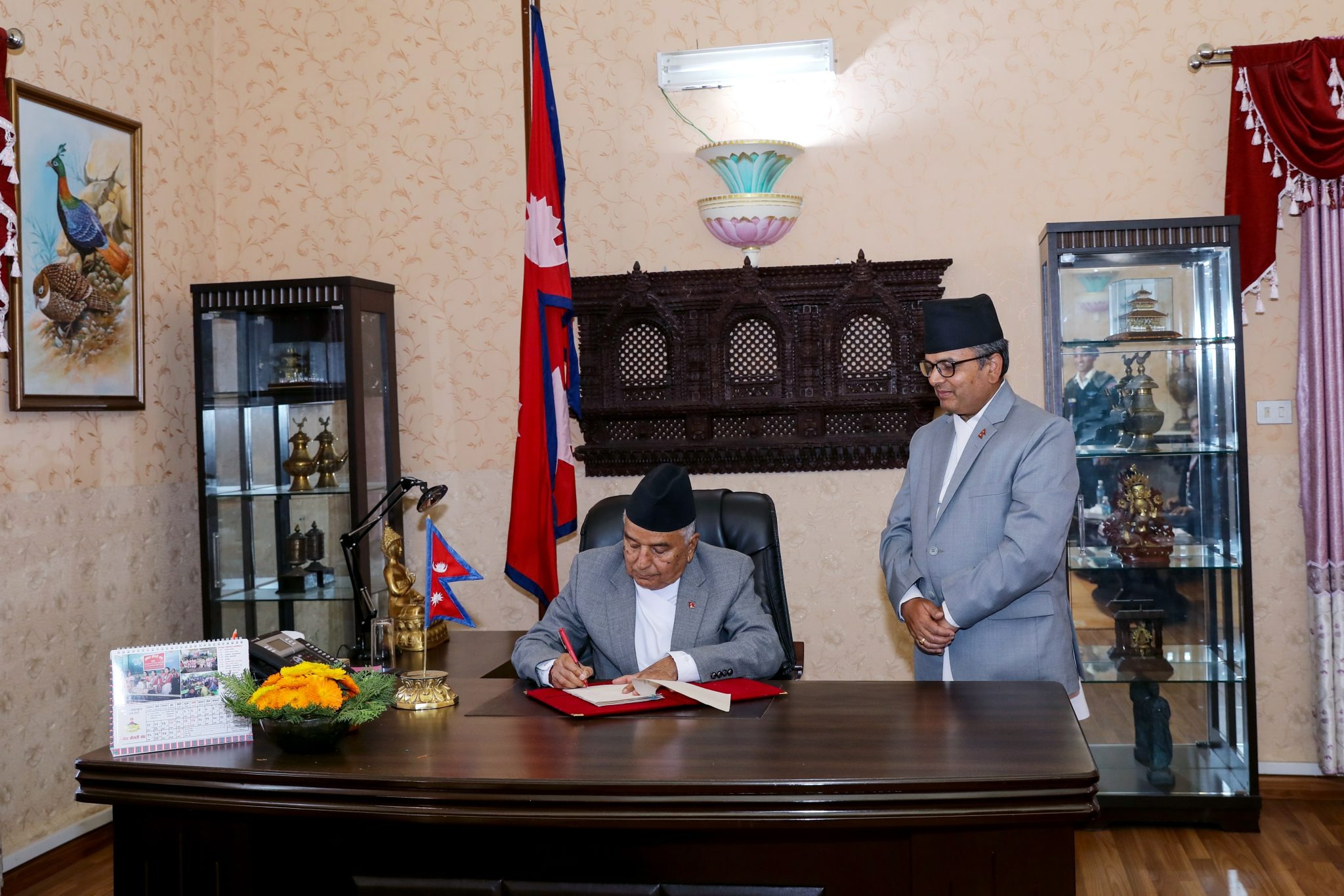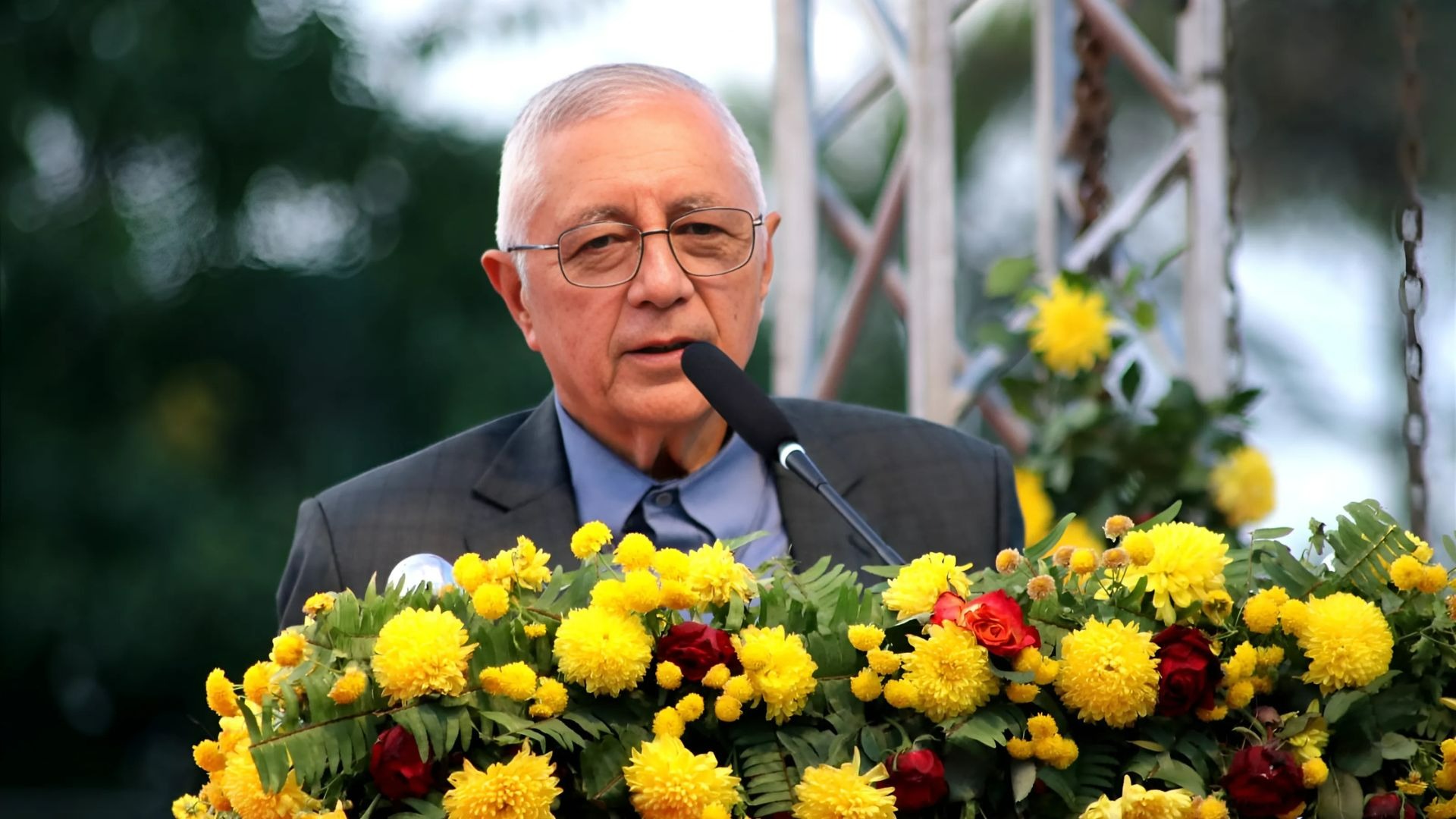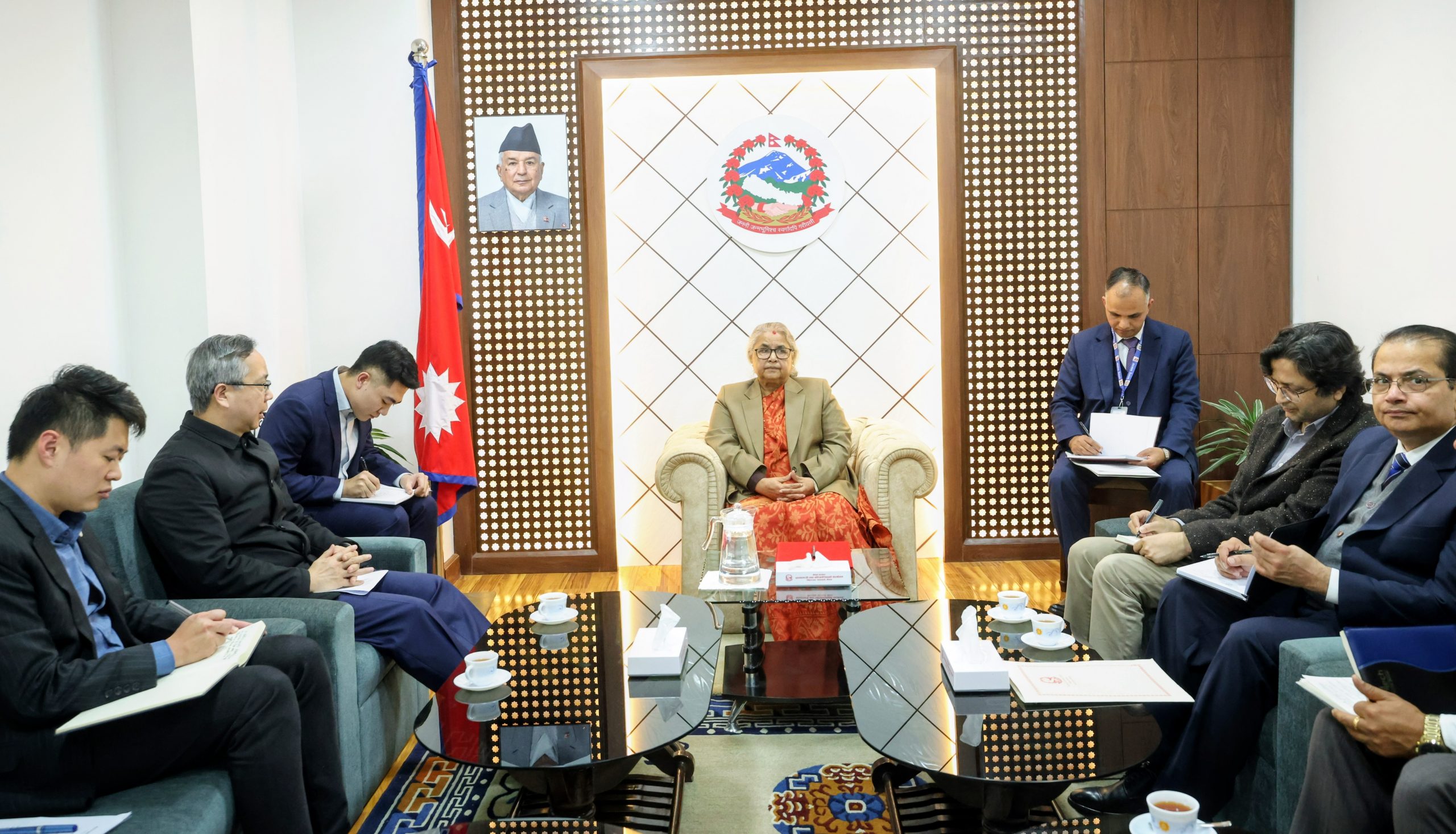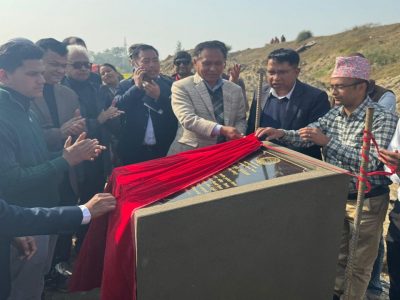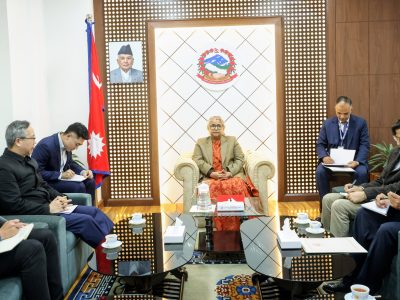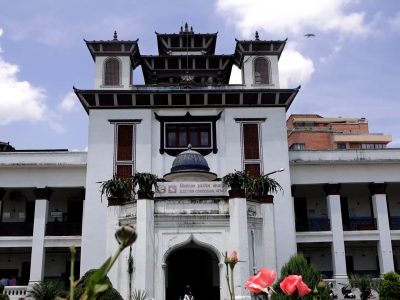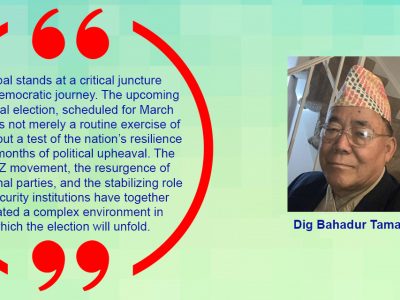Development Strategy for Kamala River Basin launched
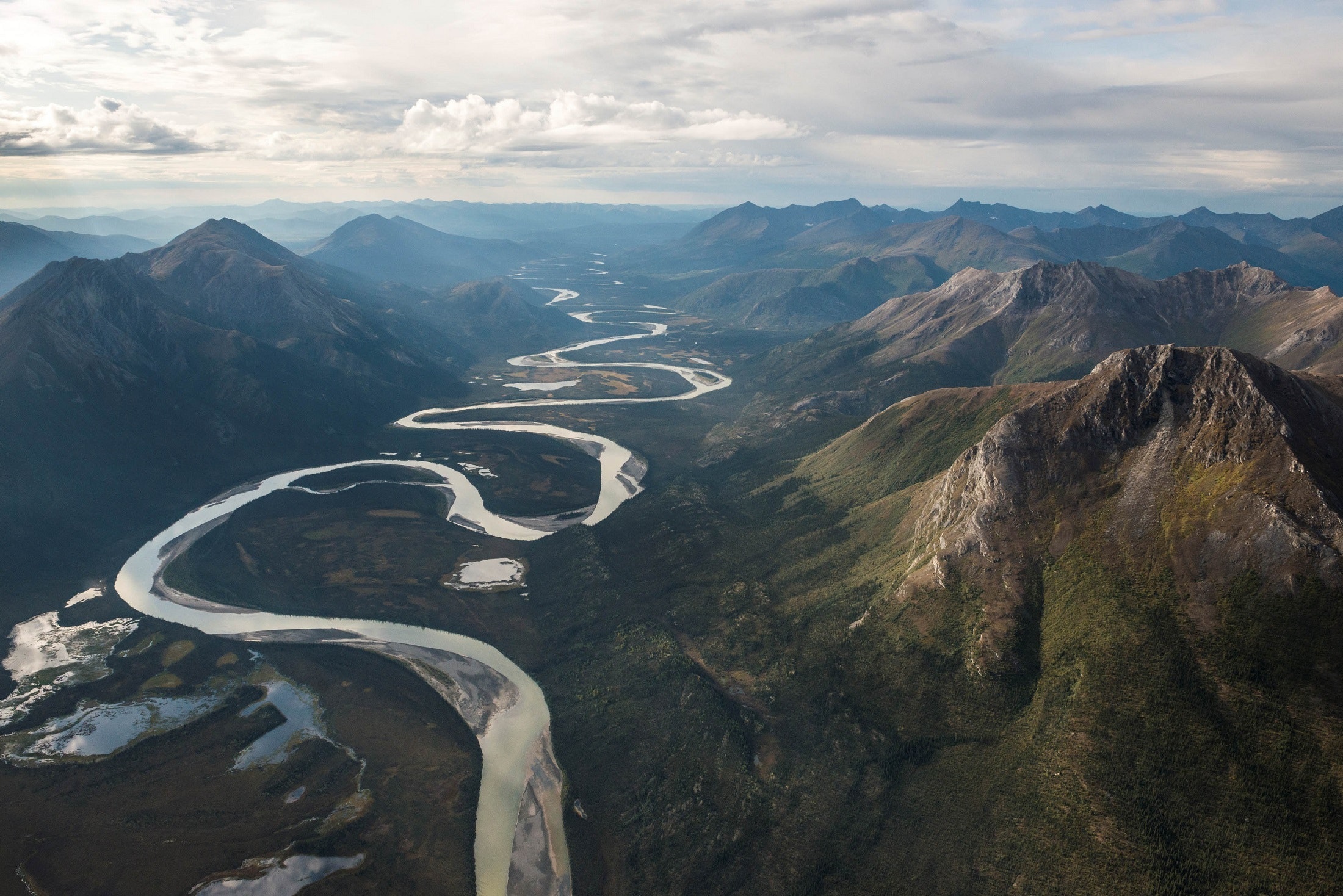
Image: Pexels (Image for representation purpose)
Kathmandu, Aug 14: The Government of Nepal in partnership with the Government of Australia was unveiled the Water Resource Development Strategy for Kamala River Basin on Friday.
The strategy is aimed at strengthening national capabilities in sustainable water resources development and management. The strategy was developed by applying highly participatory approaches with the engagement of key stakeholders.
With this shared knowledge, the stakeholders from all three levels of government, water users, NGOs and other community representatives defined the priorities for water-related challenges in the Kamala Basin, to improve the wellbeing of the population and the environment.
The final three goals of the strategy were focused on sustainable management of the Chure, including reduced vulnerability to water-induced disasters; improved availability, use and allocation of basin water resources and growth of commercial and scientific agriculture.
The strategy contains many detailed recommendations for proceeding with the next steps in development of the water resources of the Kamala Basin, it is said. They include both infrastructure works and capability strengthening components, with suggested combinations, order and timing of implementation, together requiring significant engagements with and commitments by key stakeholders.
The strategy was prepared with the lead partnership of Water and Energy Commission Secretariat of Nepal, and the Commonwealth Scientific and Industrial Research Organisation of Australia.
Releasing the document, secretary at the Ministry of Energy, Water Resources and Irrigation Sagar Kumar Rai said that the strategy was useful to for the risk management and utilization of water resources of Kamala River. He said that this reference could also be useful for other rivers of Nepal. On the occasion, Australian Ambassador to Nepal Felicity Volk said that the urgency of integrated water resource management and utilization has increased as the climate change impacts are more visible. As Nepal is lately transformed into a federal system, this strategy for integrated management and utilization of water resources can become a good document of reference, she said.
Likewise, former Secretary at the Ministry of Water Resources Surya Nath Upadhyay said that the Kamala River Basin Development Strategy has prioritised integrated and participatory water resource management, conservation of the resources and multiple use of water resource.
Also speaking at the programme, Dr Kapil Gnawali, Senior Divisional Engineer at Water and Energy Commission Secretariat said that the strategy paves way for paradigm shift from the piecemeal approach to integrated basin development.
Dr Auro Almeida, lead research scientist, argued that the strategy is likely to improve Nepal’s ability to undertake, oversee and implement programmes related to Energy and Water Sectors. It helps to broaden knowledge of water management, sustainable development adding that major strength of this strategy was its concept of promoting integrated management of water, energy and food.
(RSS)
Facebook Comment
latest Video
Trending News
- This Week
- This Month





